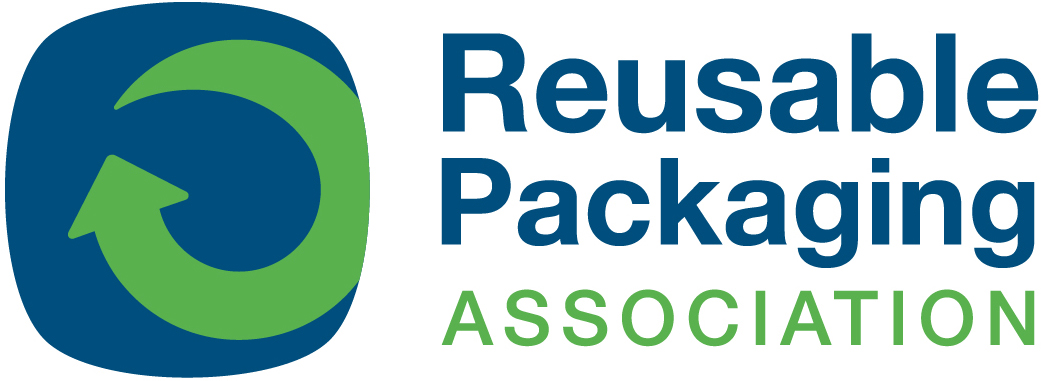The hierarchy of waste management had never changed, but our throwaway society neglected the order for packaging favoring recycling over reduce and reuse because the economic system incentivized cheap, disposable products leading to a continuous cycle of manufacture, sales and consumption. There are growing efforts today to re-prioritize the order for packaging by putting source reduction activities like reuse ahead of recycling. This is also a cornerstone action when transitioning from linear to circular economic models.

